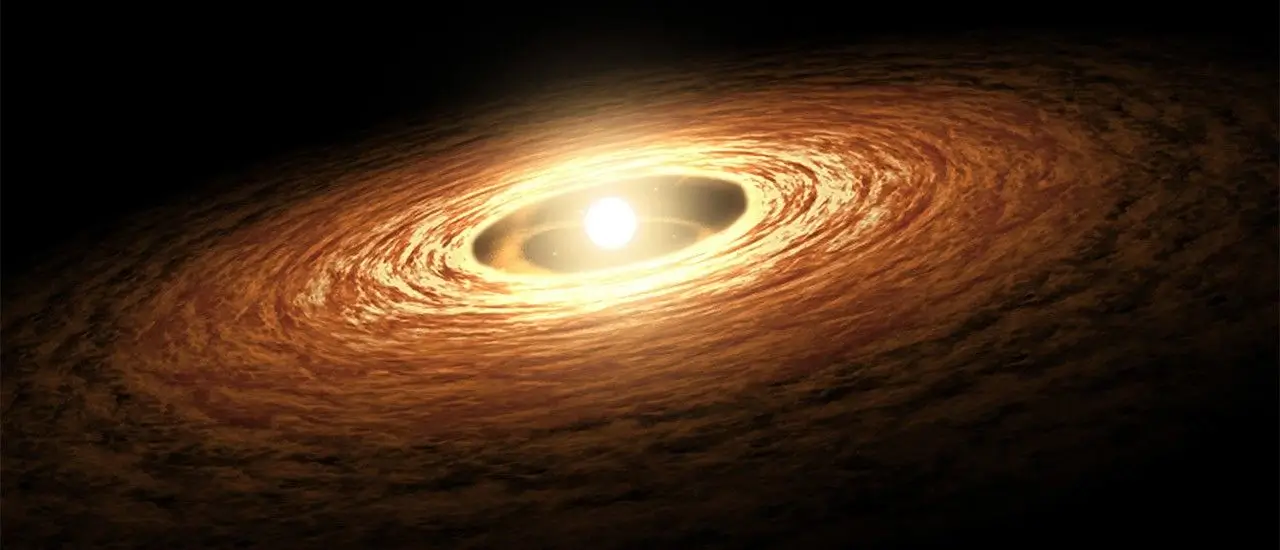The universe is everything. It includes all of space, and all the matter and energy that space contains. It even includes time itself—and, of course, it includes you.
Earth and the Moon are part of the universe, as are the other planets and their many dozens of moons. Along with asteroids and comets, the planets orbit the Sun. The Sun is one among hundreds of billions of stars in the Milky Way galaxy, and most of those stars have their own planets, known as exoplanets.
The Milky Way is just one of billions of galaxies in the observable universe. All of them—including our own—are thought to have supermassive black holes at their centers. All the stars in all the galaxies, and all the other things we can’t even observe, are part of the universe. It is, simply, everything.
 The star-forming nebula W51 is one of the largest “star factories” in the Milky Way. Red regions show areas carved by winds from massive stars. NASA/JPL-Caltech
The star-forming nebula W51 is one of the largest “star factories” in the Milky Way. Red regions show areas carved by winds from massive stars. NASA/JPL-Caltech
Though the universe may seem strange, it’s not distant. Outer space is only about 62 miles (100 kilometers) above you—day or night, asleep or awake, you are practically there. In fact, you’re technically in space right now. Earth is a planet in space. It just happens to support life.
 This true-color image combines data from NASA’s Terra and NOAA’s GOES satellites. Reto Stöckli et al., NASA GSFC
This true-color image combines data from NASA’s Terra and NOAA’s GOES satellites. Reto Stöckli et al., NASA GSFC
How Old Is Earth?
Earth is not eternal. It formed around 4.6 billion years ago, long after the universe began. Scientists calculated this age by studying radioactive isotopes on Earth and in meteorites.
In the far future, Earth may be destroyed when the Sun becomes a red giant and expands. It might even swallow Earth entirely. Nothing in the universe lasts forever—not even our planet.
How Old Is the Universe?
The universe is estimated to be 13.8 billion years old. Scientists reached this number by measuring the ages of ancient stars, the rate of expansion of the universe, and the Doppler shifts in light from galaxies.
Even more curiously, the expansion of the universe is accelerating.
